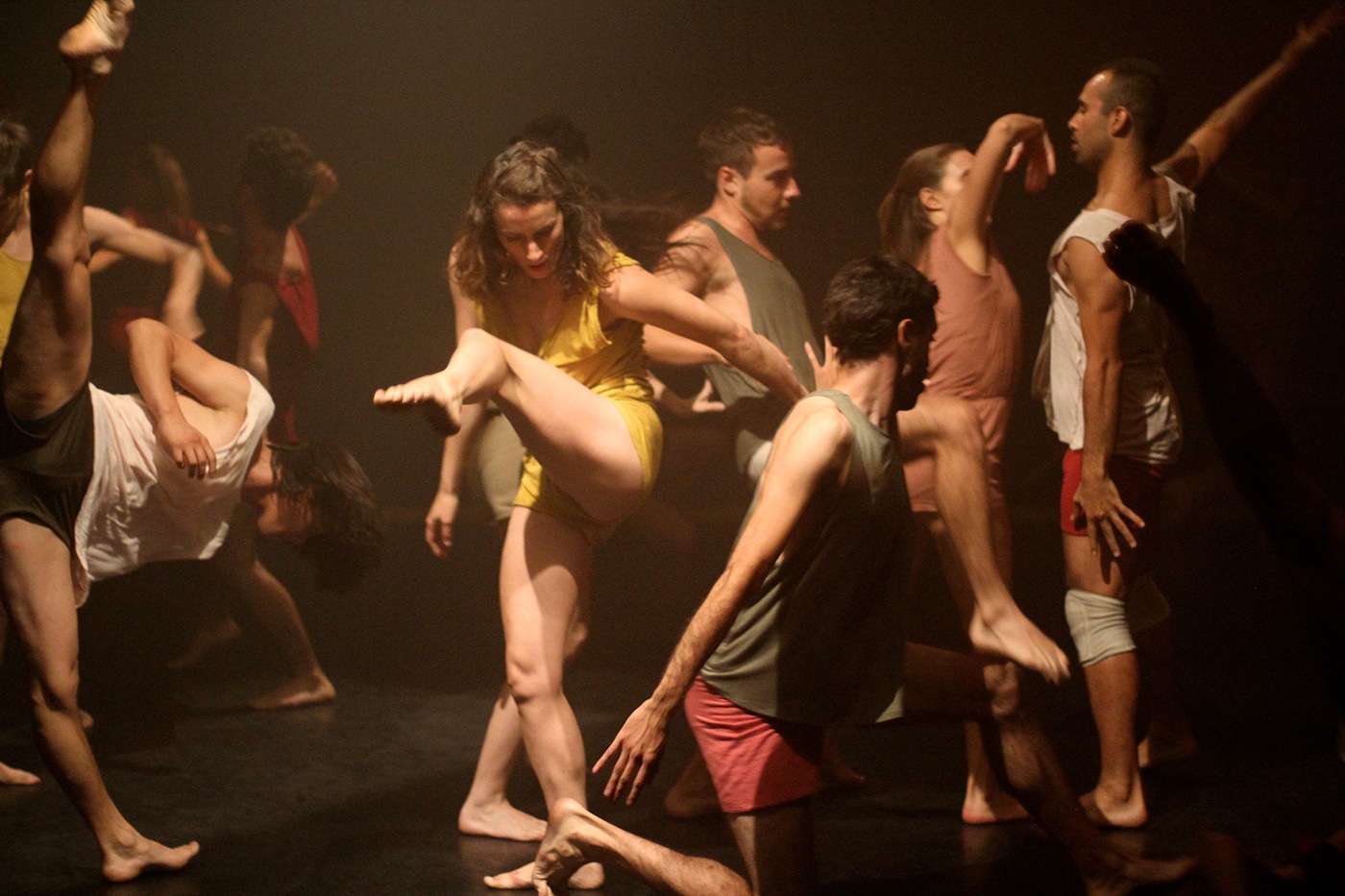
Rito de Primavera: spectacular, but also a mountain of kitsch, unworthy of the Holland Festival
Rito de Primavera, on show at the Holland Festival early this week, is a group choreography for fifty young dancers. Choreographer José Vidal has loosely based himself on Sacre du printemps, Stravinsky and Nijinsky's 1913 piece for the Ballet Russes. Fragments of Stravinsky's music have been turned into 4-quarter beetz by DJ Jim Hast, while Vidal has minimised the ritual aspect of the sacrifice, essential to the many versions made throughout the 20th century (besides Nijinsky's primal version, Massine, Béjart and Bausch, among others).
What remains is an overwhelming visual experience of a gigantic mass of dancers looming out of the darkness. The coordination of the group, at times dancing wildly through each other, at other times circling the stage in long parade, is impressive. It produces a fascinating, eye-opening aesthetic, but the group dance in no way challenges the audience. You could call it a pile of kitsch, or opium for the people. Either way, it is a form of spectacle that I consider unworthy of the Holland Festival.
School trip
The performance begins like a school trip. Near the box office, spectators are prepared in groups for what is to come. They are kindly requested to take off their shoes upon entering the theatre, and then to walk barefoot, hand in hand with fellow spectators, through the dark. Regularly, someone calls loudly for silence, as the performance has already started. There is also something uncomfortable about the nervous manner in which the audience, which is supposed to line up in rows after the instructions, is marched away to the performance space two buildings away.
The initiation of the visitors continues in the Purification Hall, when they pass through the pitch darkness hand in hand with the cool sand at their feet. It provides one of the few ambiguous moments during Rito de Primavera. Where is this going? What fairy tale are we being led into here? From which tourist boat have we fallen off, to now attend the rituals of which people again?
Naked!?
At first, the total experience that so many contemporary theme parks are looking for really takes shape. For half an hour, I stare at a stage in the dark. I see and feel a lot of people there, I think naked because sometimes there is a clever flash of soft light, but the dominant darkness prevents me from getting a grip on it. Ethereal singing composed by Andrés Abarzúa - a single chord sounds gurgling from many throats - accompanies the entrance of all the other spectators for half an hour.
The bleachers surround the playing surface. It is only the red and white bicycle lights of the guides of the many groups of spectators that give you some orientation in the space. It has something of Tintin in Takatukaland. An audience paying to be at a miraculous, never-before-seen, spring nymphing ritual.

Logic
The artificiality of the setting gives a certain tension. In the darkness, as a spectator, you can imagine all sorts of things about what is to come. But at some point, the bicycle lights go out, a sign that all spectators are seated, and the dancers all put on trousers. The light increases and the first beetz cum stravinsky supplants the singing. When, after the uncertain introitus, the actual spectacle begins, its logic becomes all too clear. A perfectly organised group choreography takes over.
In what follows, nothing is left to chance. And that is no luxury with so many dancers in semi-darkness, especially as half of them are also new to the work, because from the Modern Theatre Dance Department of the Amsterdam University of Applied Sciences. The group makes pulsating movements, dialogues with a neighbour, runs in groups, starts singing again, postures and occasionally lifts a single person in the air.
Impact-aware
But just as the darkness gets used, so does the group. They are all very young people, fairly relaxed dancing together. The uninhibited attitude with which the complicated group choreographies are performed is touching. A naive kind of surrender or faith speaks from it.
But gradually the effects, of the group choreography, of the light that creates the photographic vistas, the repetitive singing and beetz get boring. The repetition of moves is effect-laden, rhetorical, self-affirming. Nowhere a moment of debacle, of faltering. No one who has a question, can't keep up, is wrong
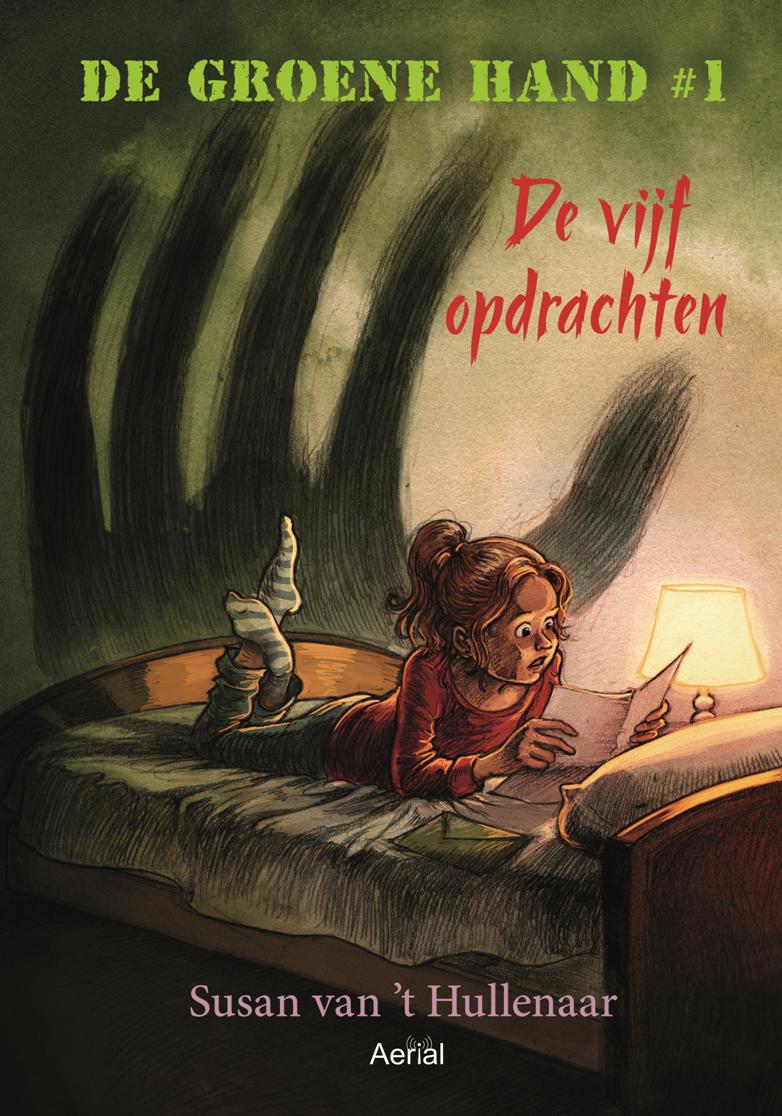
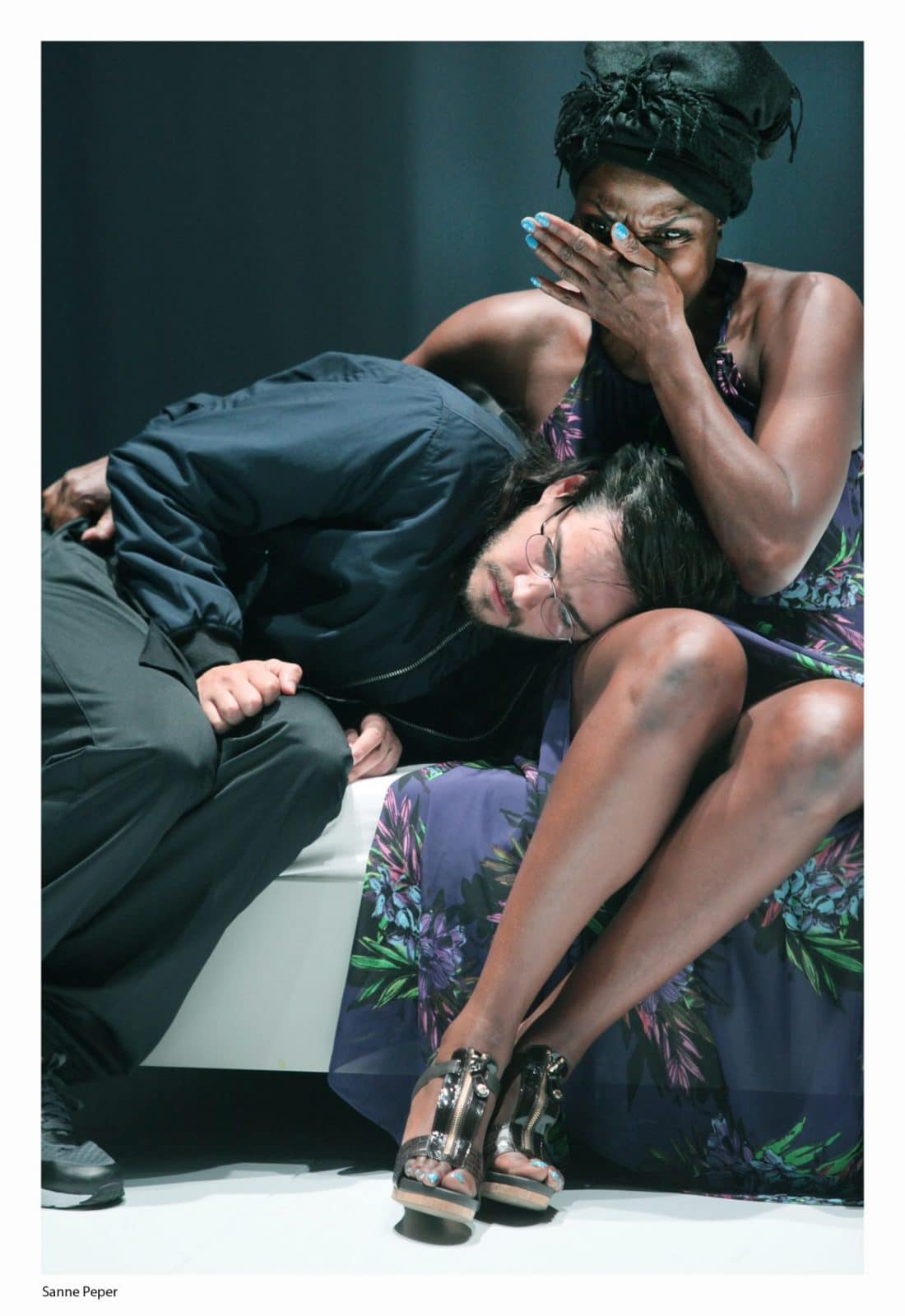
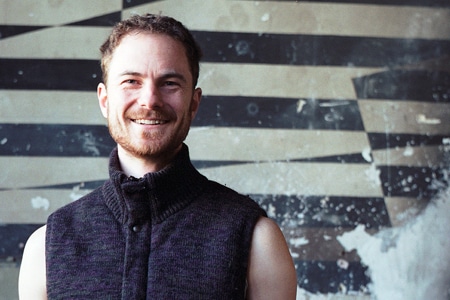
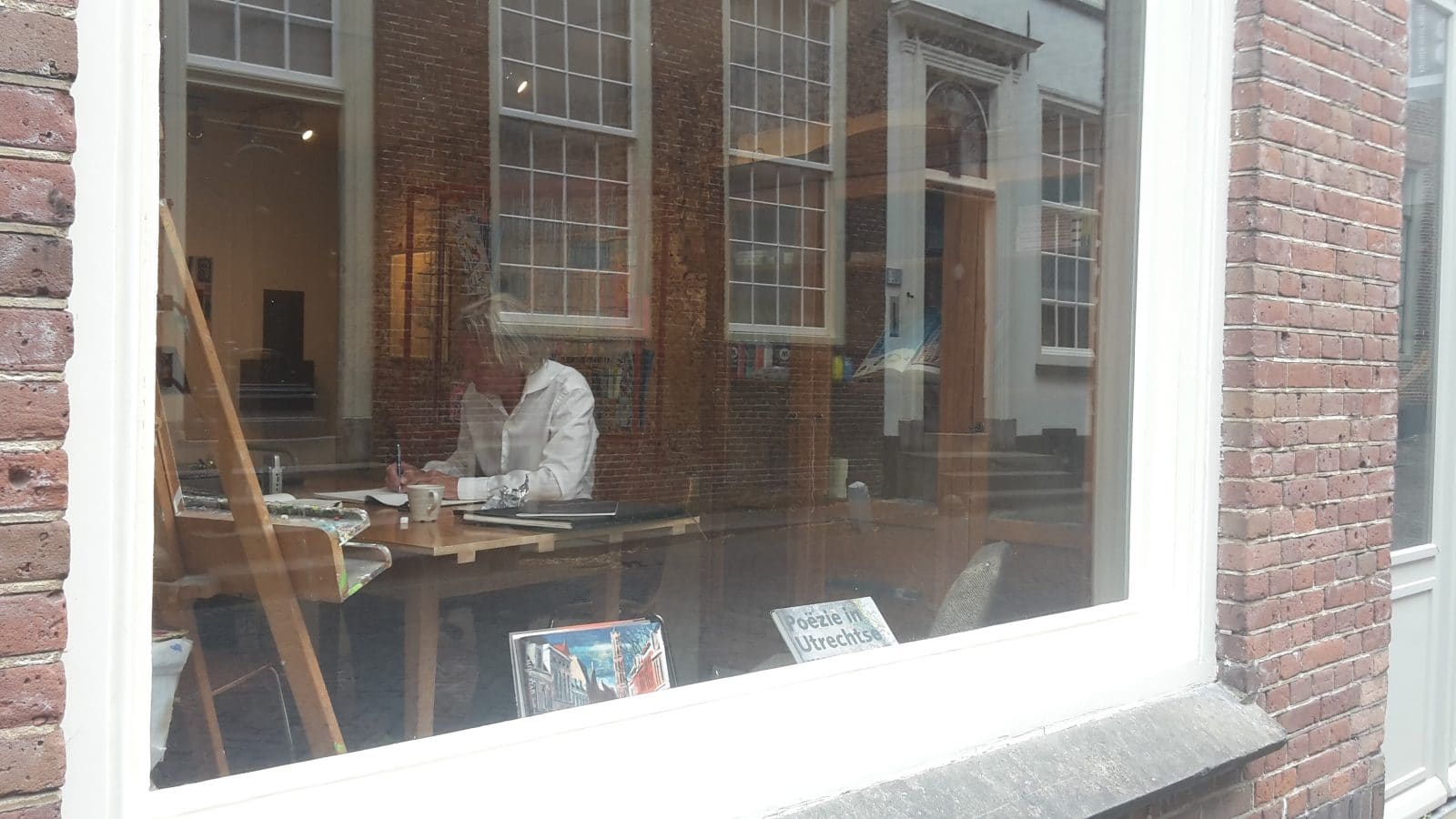
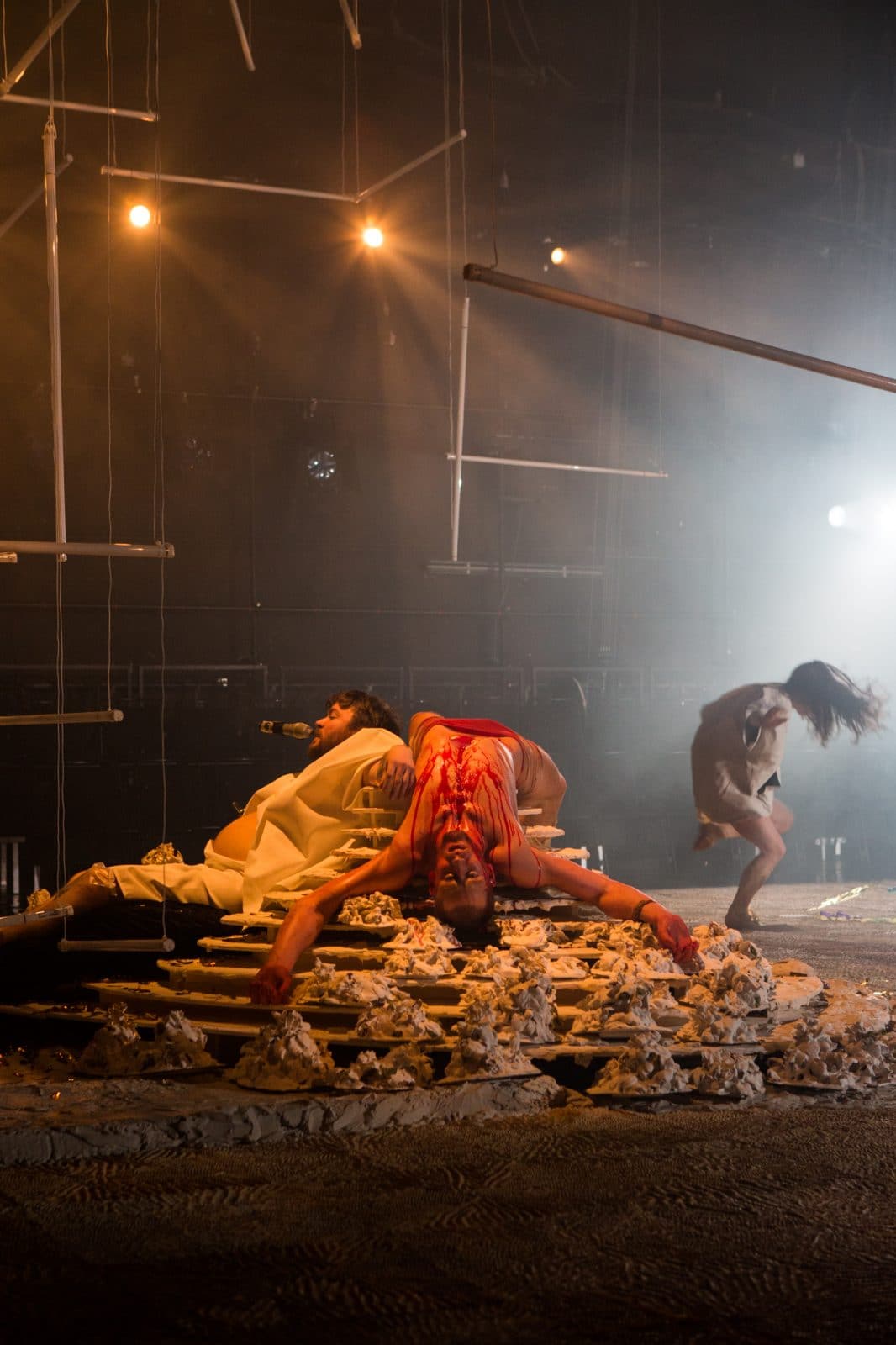
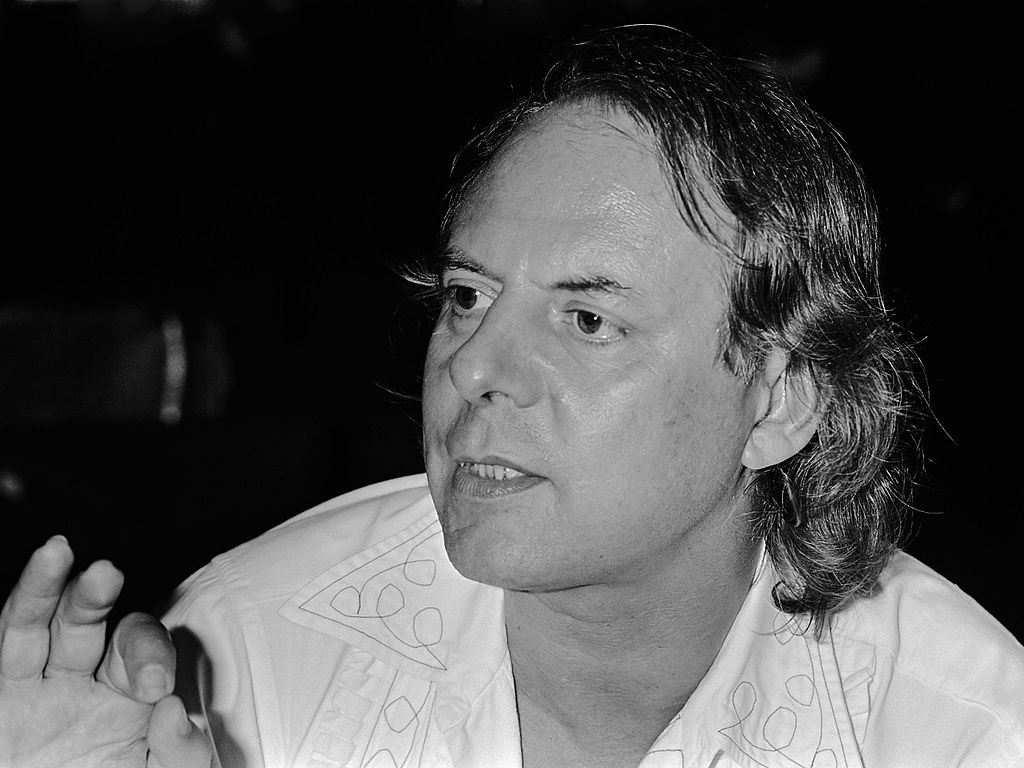
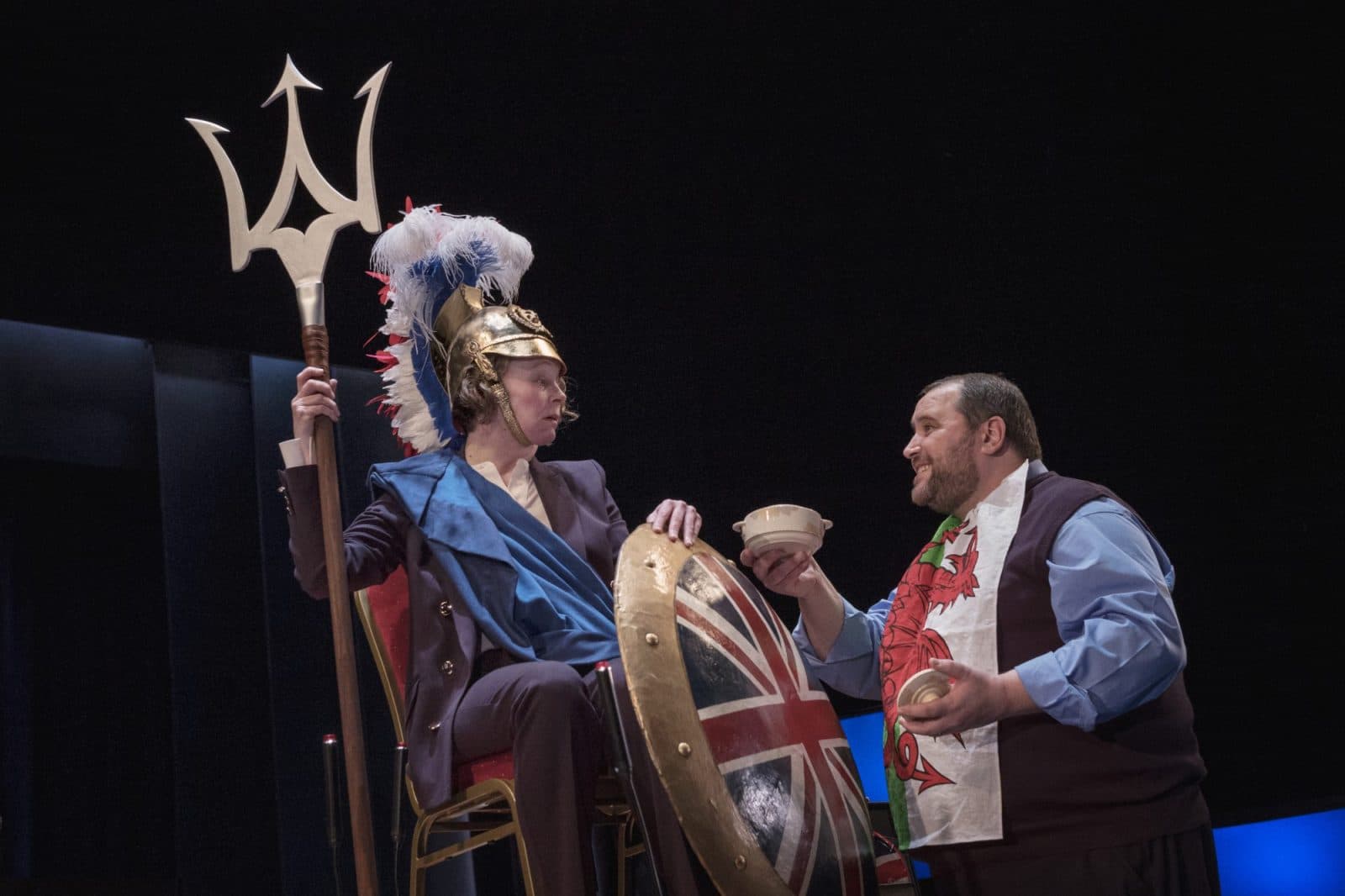
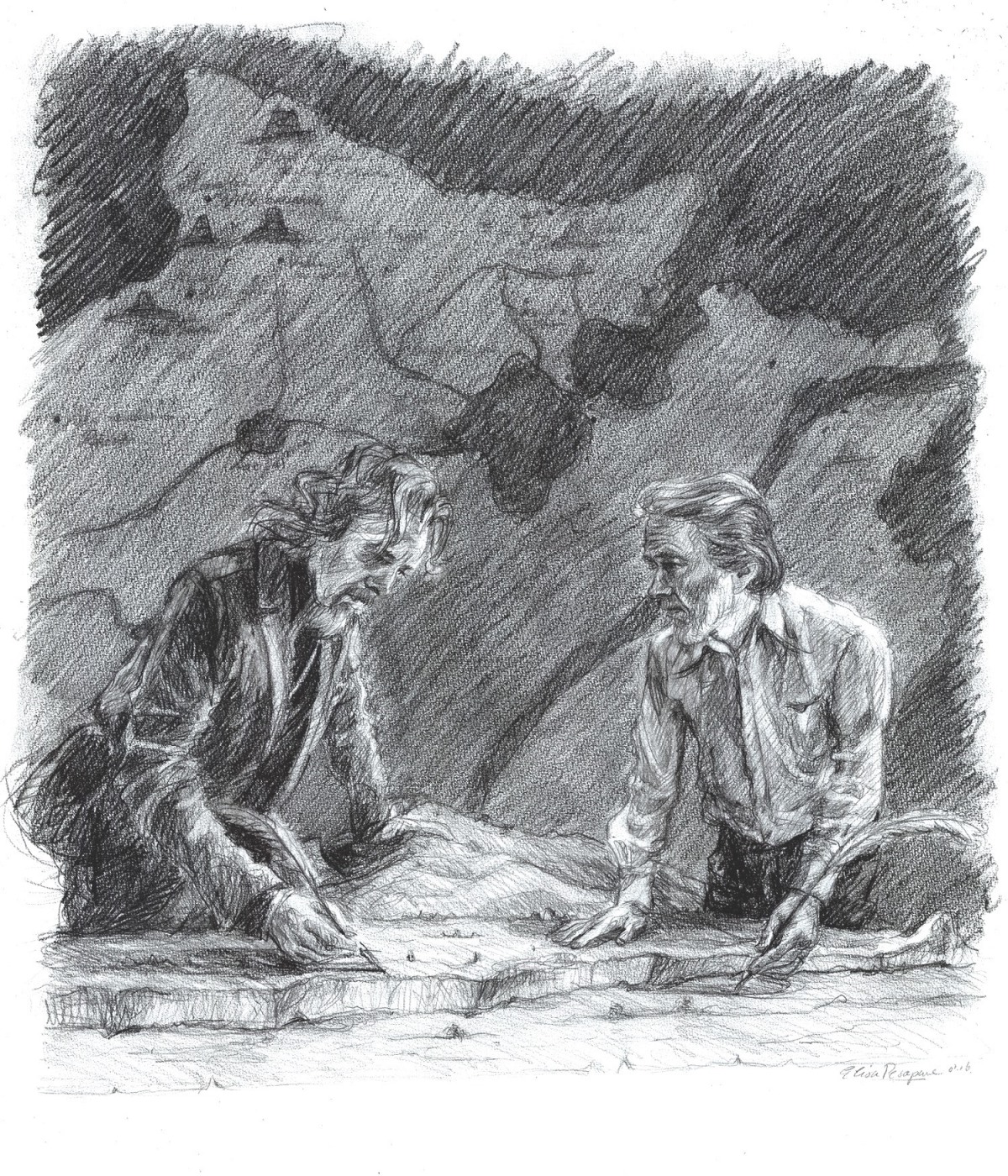

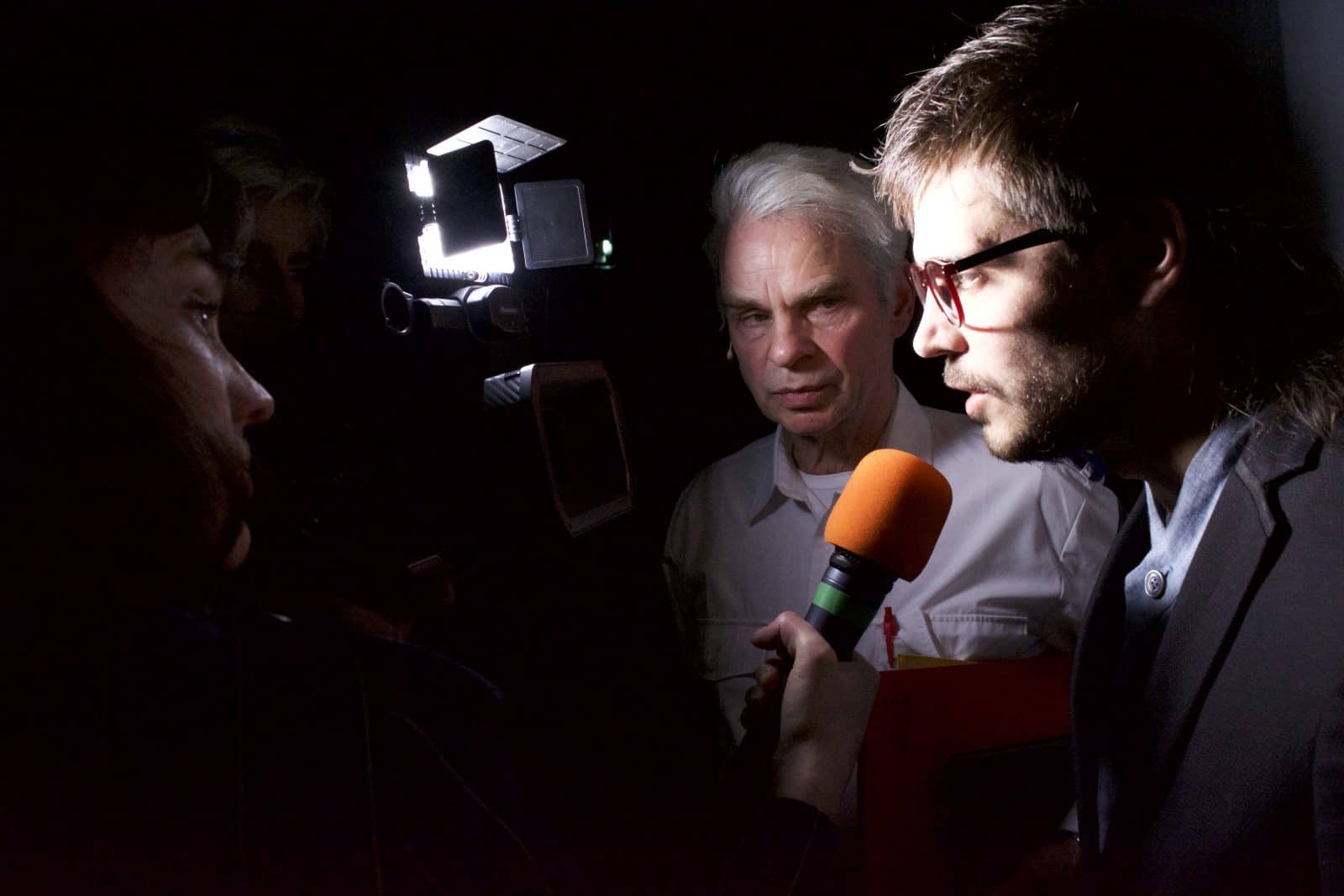
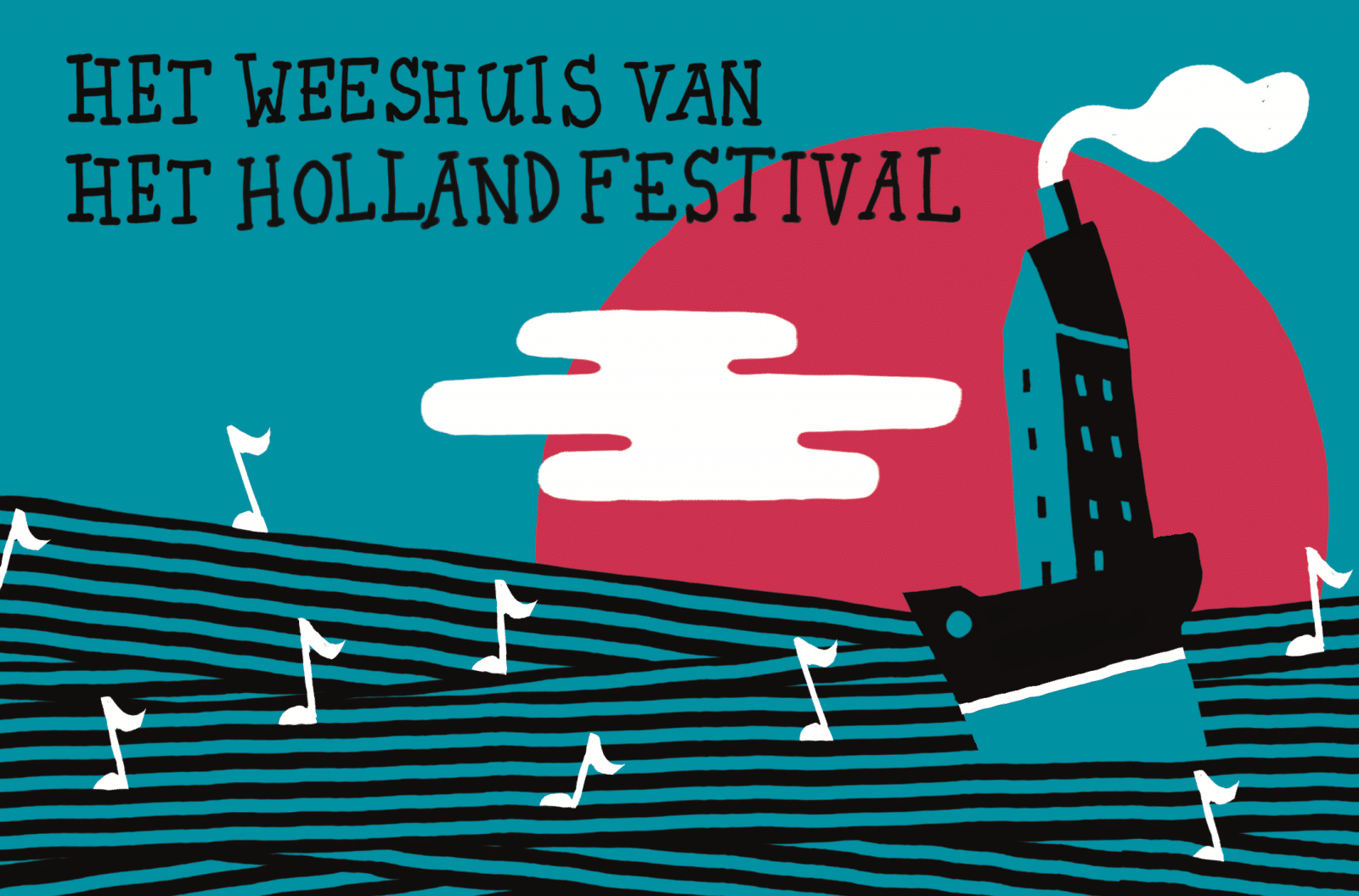

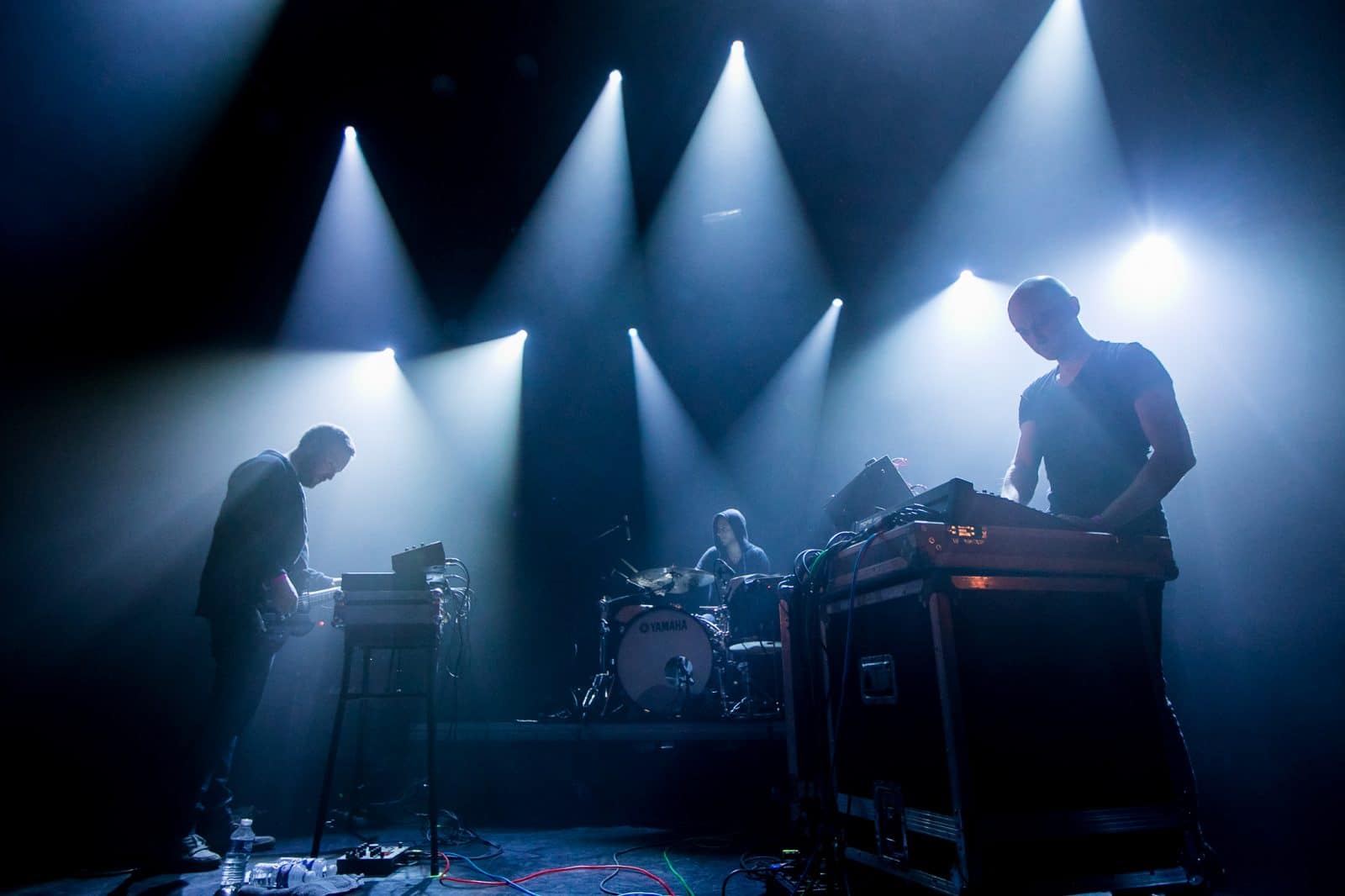
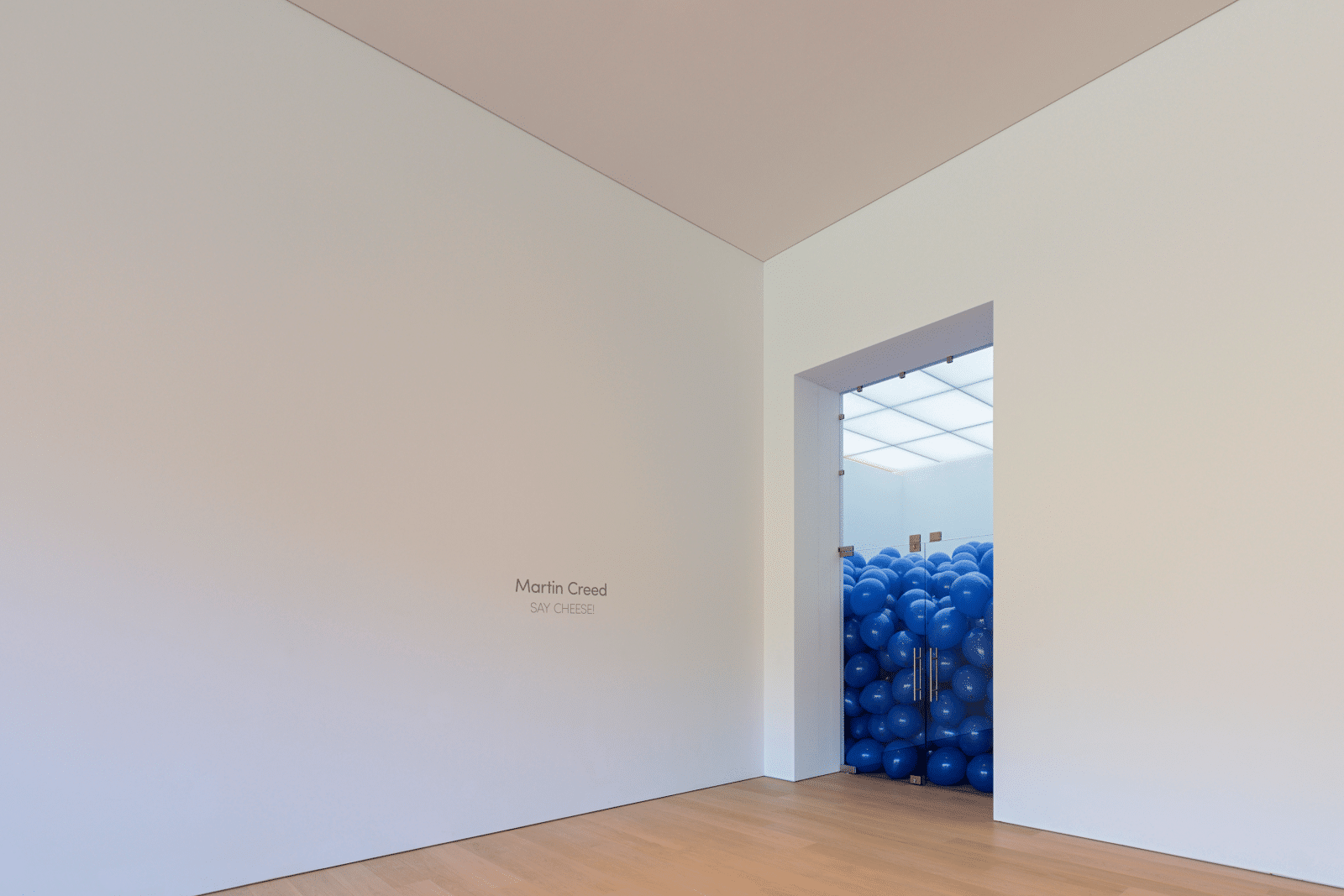
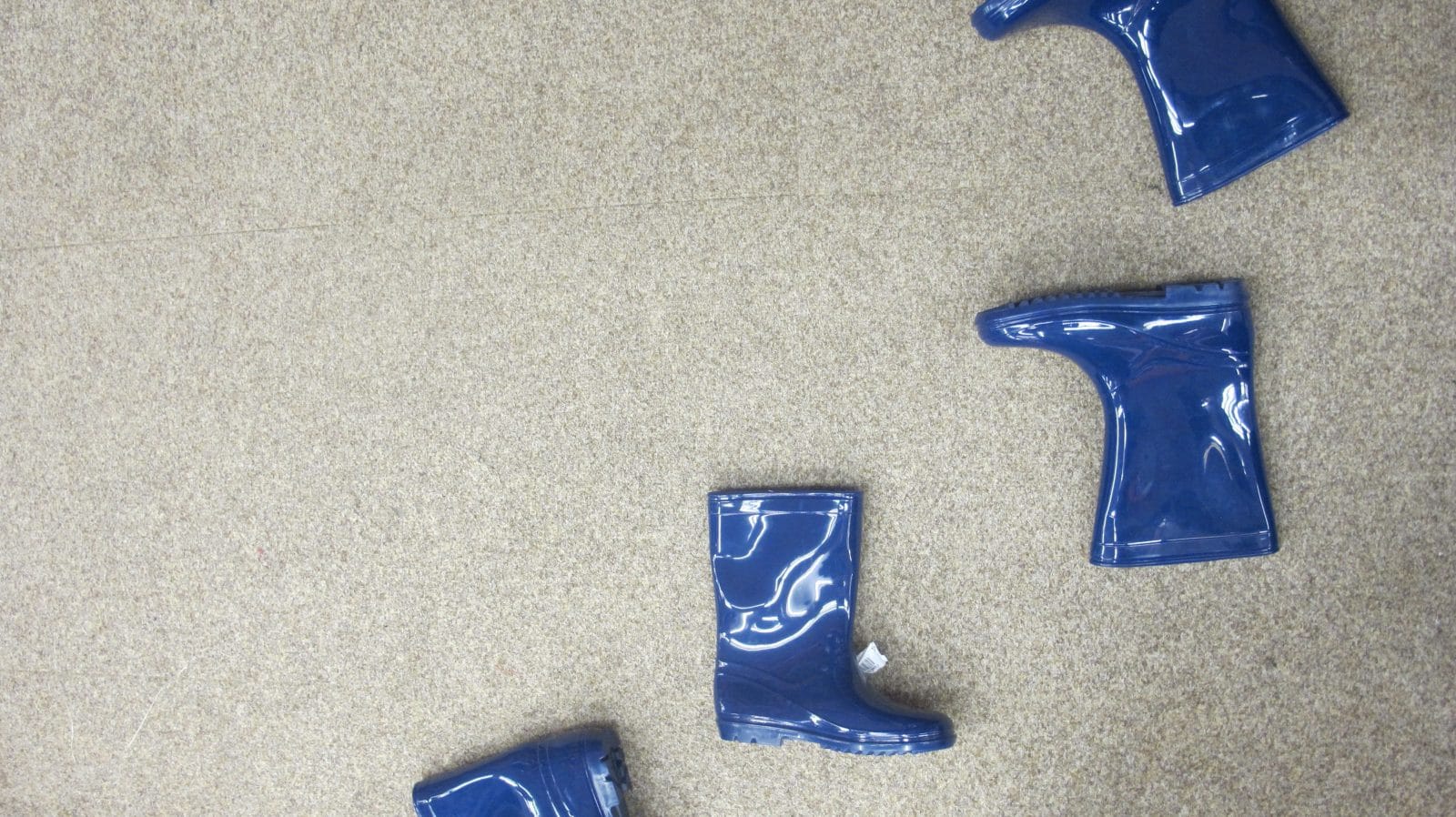

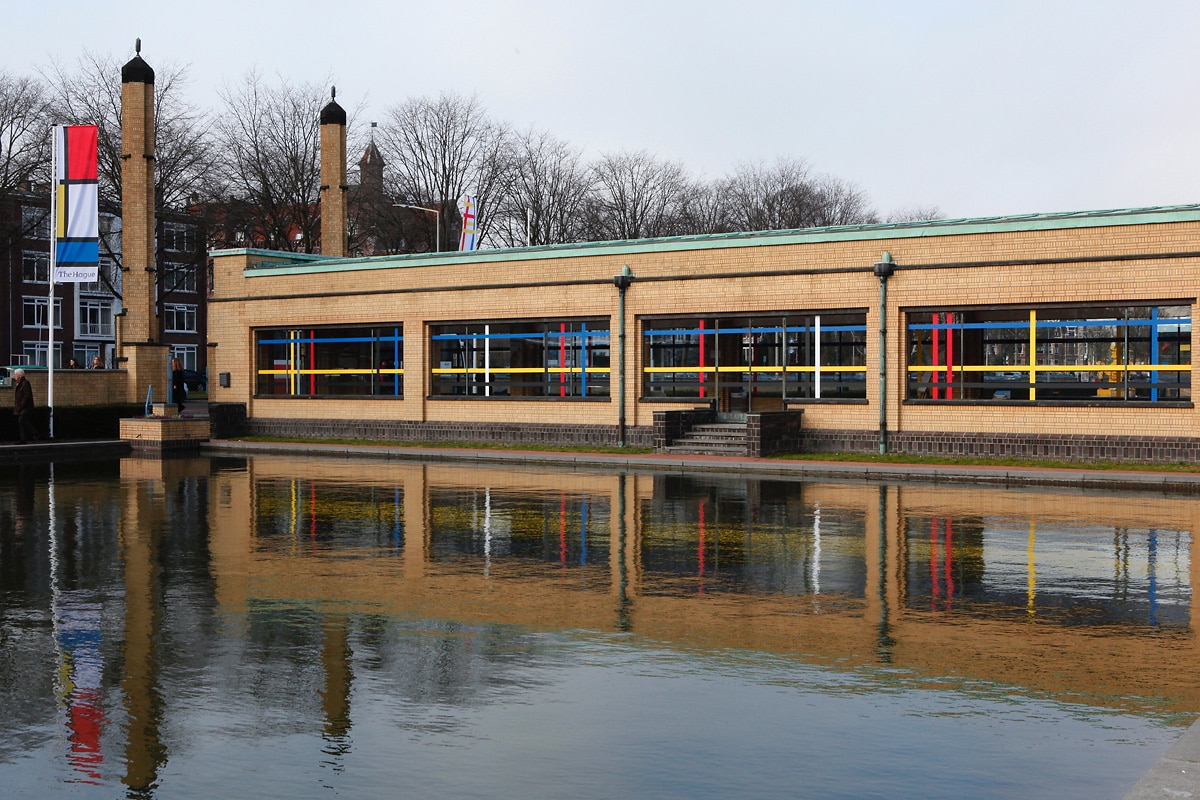
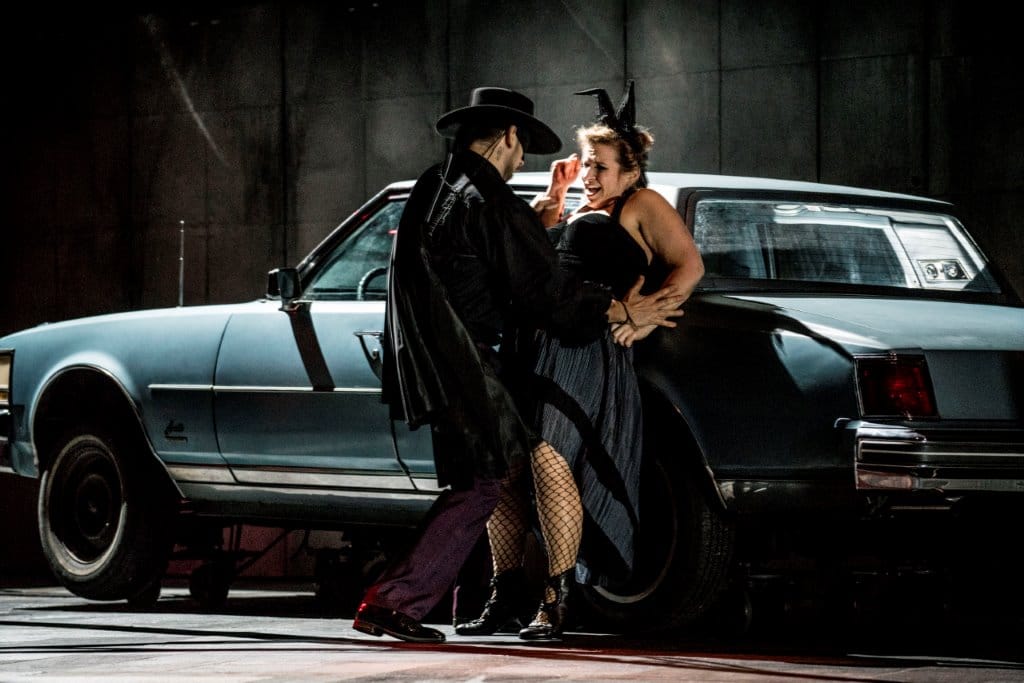

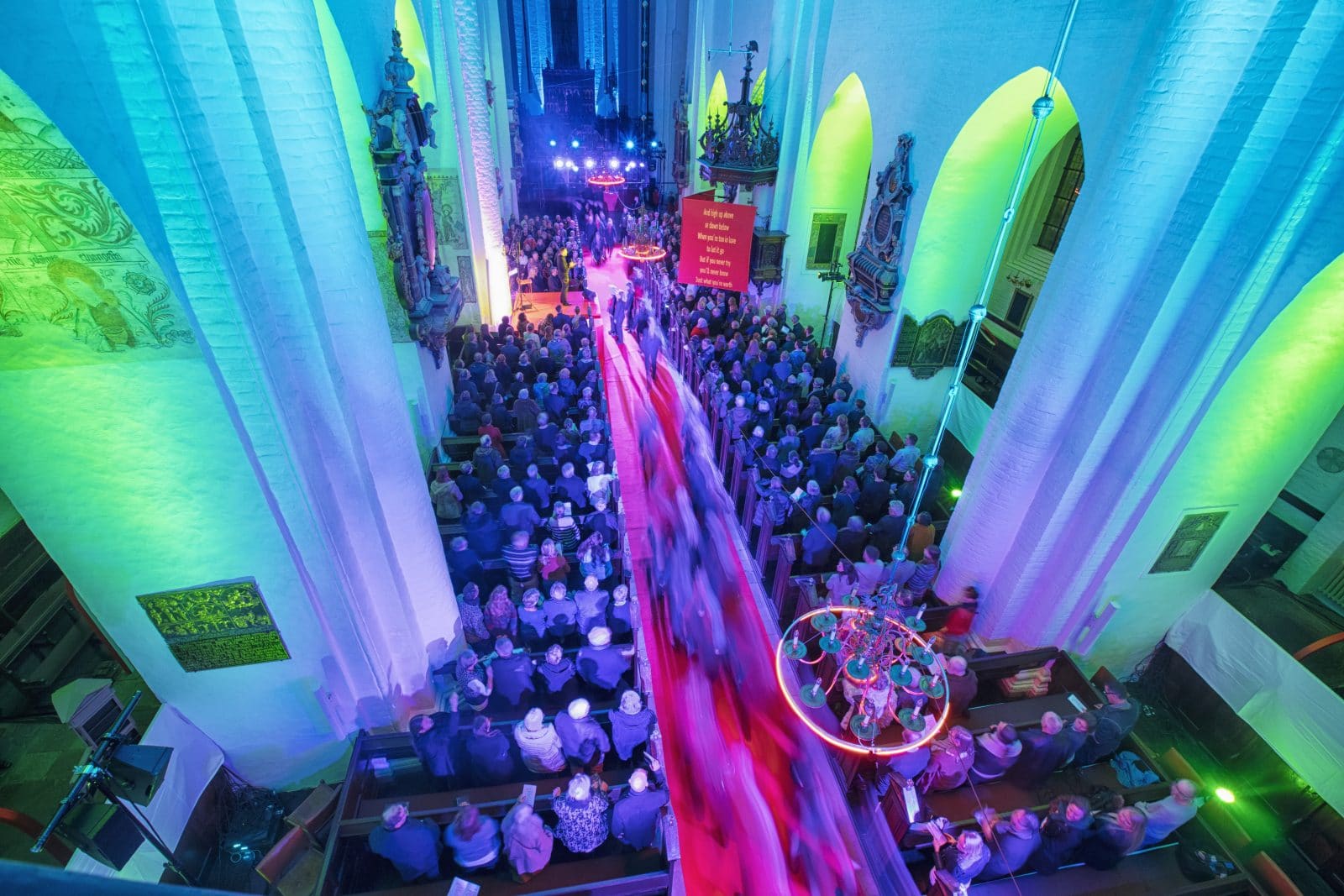
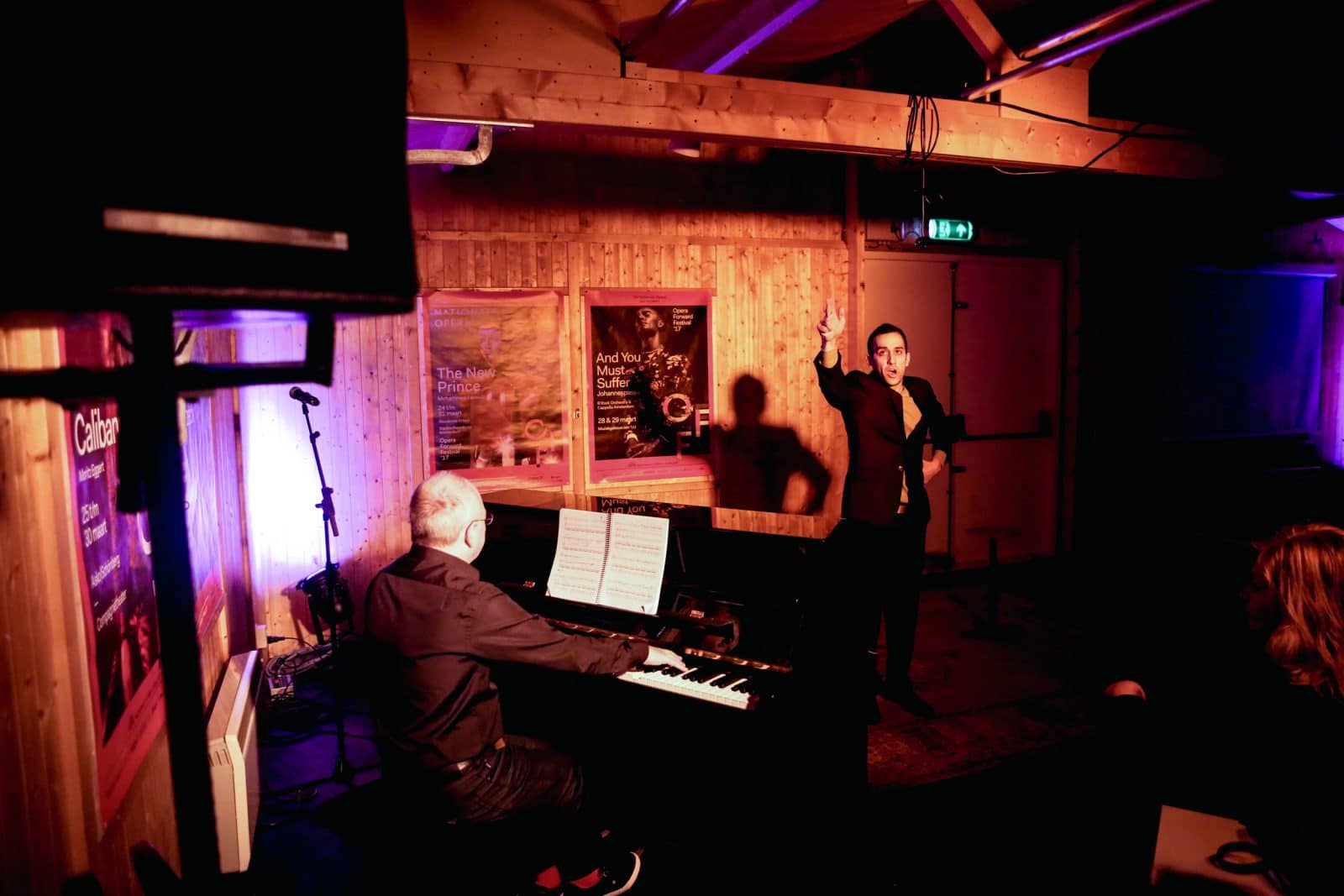
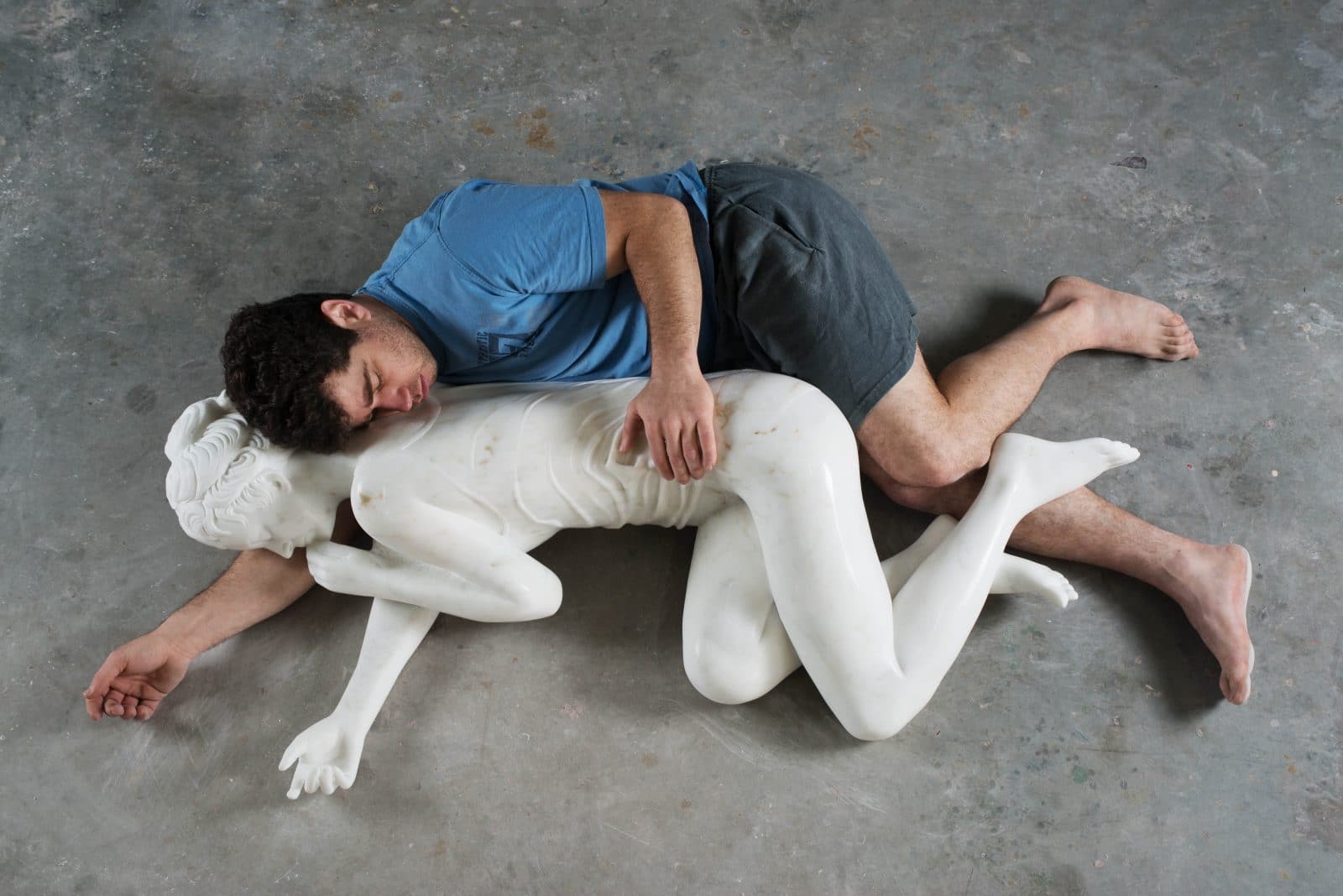
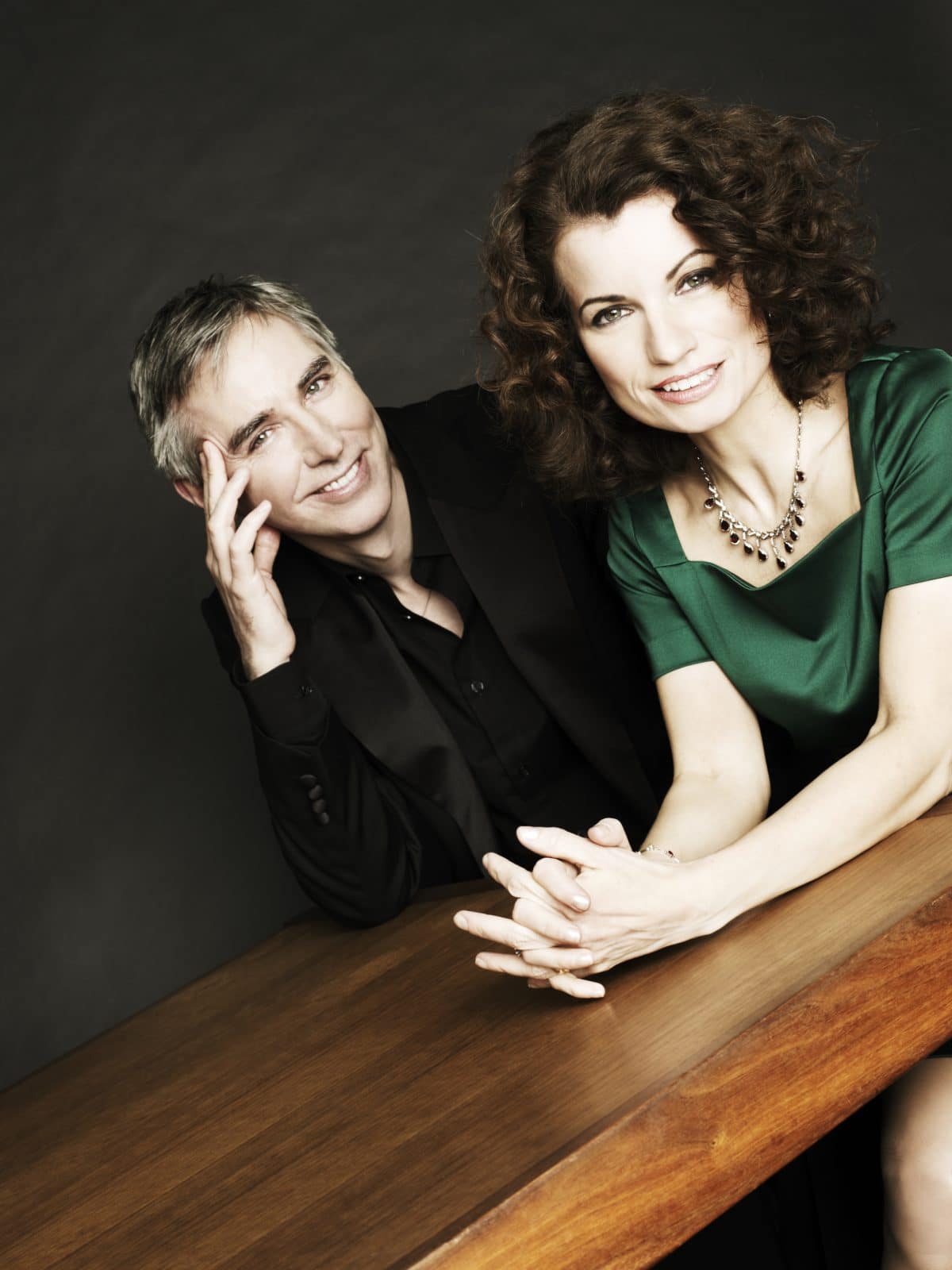
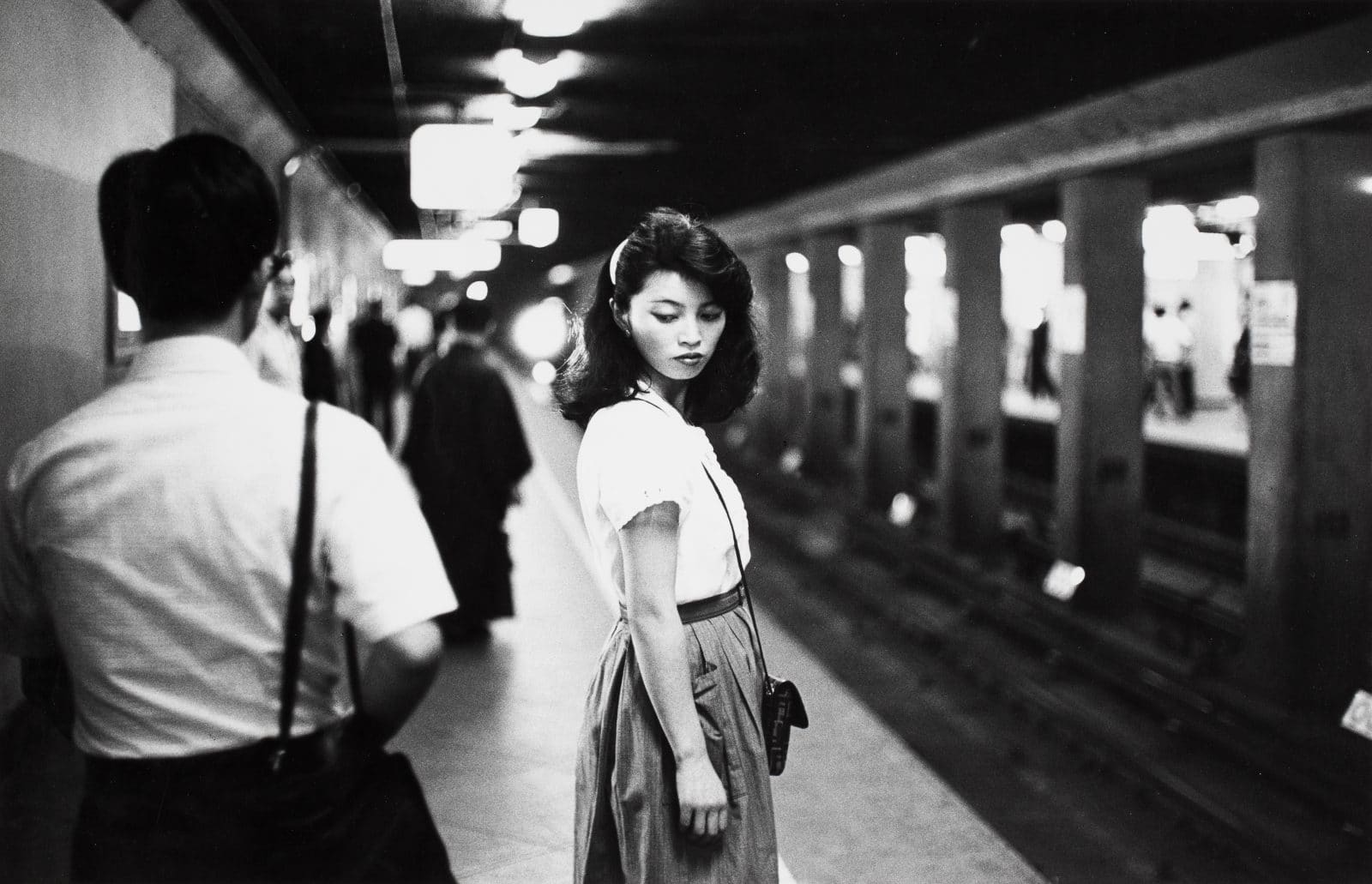

You must be logged in to post a comment.